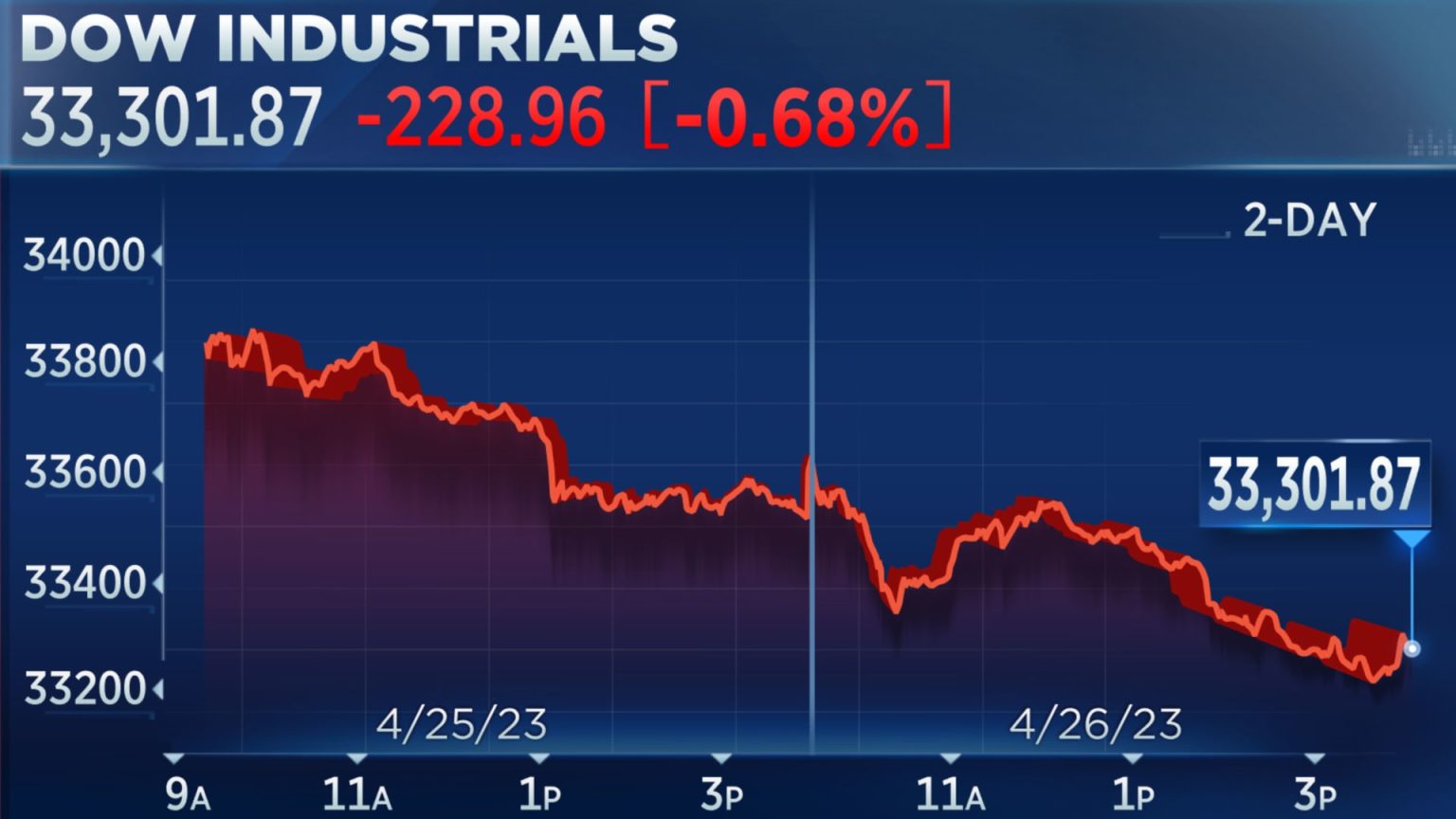Introduction:
The US stock market is a dynamic and complex system that plays a vital role in the global economy. It serves as a platform for companies to raise capital and investors to trade securities, making it a key driver of economic growth. In this article, we will explore the current state of the US stock market, discuss recent trends and challenges, and provide insights into its future outlook.
I. Overview of the US Stock Market:
The US stock market consists of major exchanges such as the New York Stock Exchange (NYSE) and NASDAQ, where investors can buy and sell stocks, bonds, and other financial instruments. It is divided into different sectors, including technology, healthcare, finance, and energy, each representing specific industries.
II. Recent Trends in the US Stock Market:
- Rise of Technology Stocks: In recent years, technology stocks have dominated the US stock market. Companies like Apple, Amazon, Microsoft, and Alphabet (Google’s parent company) have experienced significant growth, driving market indices to record highs. Technological innovations, increased reliance on digital services, and the expansion of e-commerce have contributed to the success of these companies.
- Impact of COVID-19: The outbreak of the COVID-19 pandemic in 2020 had a profound effect on the US stock market. Initially, stock prices plummeted due to uncertainty and fear surrounding the global health crisis. However, with the implementation of fiscal and monetary stimulus measures, along with positive vaccine developments, the market rebounded strongly. Certain sectors, such as technology, healthcare, and online retail, even experienced accelerated growth during the pandemic.
III. Challenges and Risks:
- Market Volatility: The US stock market is susceptible to volatility, driven by various factors such as economic indicators, geopolitical tensions, and investor sentiment. Rapid price fluctuations can create uncertainty and make it difficult for investors to make informed decisions. Understanding risk management strategies and diversifying investments can help mitigate the impact of market volatility.
- Regulatory Environment: The US stock market operates within a complex regulatory framework aimed at ensuring fair and transparent trading. Changes in regulations, such as the implementation of new laws or policies, can have significant implications for market participants. It is crucial for investors and market participants to stay informed about regulatory developments to navigate the market effectively.
- Economic Factors: The US stock market is closely linked to the overall economy. Factors like inflation, interest rates, and GDP growth can influence stock prices. Economic downturns, such as recessions, can negatively impact market performance, leading to decreased investor confidence. Assessing macroeconomic indicators and understanding their potential impact on the market is essential for investors.
Conclusion:
The US stock market continues to be a robust and evolving platform for investors and companies alike. While recent trends have highlighted the dominance of technology stocks and the market’s resilience during the COVID-19 pandemic, challenges such as market volatility, regulatory changes, and economic factors persist. Investors need to stay informed, diversify their portfolios, and adapt to changing market conditions to maximize their chances of success.
FAQs:
- How can I start investing in the US stock market? To start investing in the US stock market, you’ll need to open a brokerage account with a reputable financial institution. Research different brokerage firms to find one that suits your needs in terms of fees, account minimums, and available investment options. Once you’ve opened an account, you can fund it and begin buying and selling stocks.
- What is the best strategy for investing in the US stock market? The best investment strategy varies depending on individual goals, risk tolerance, and investment horizon. However, some commonly followed strategies include long-term investing, where investors hold stocks for an extended period to benefit from potential growth, and divers

